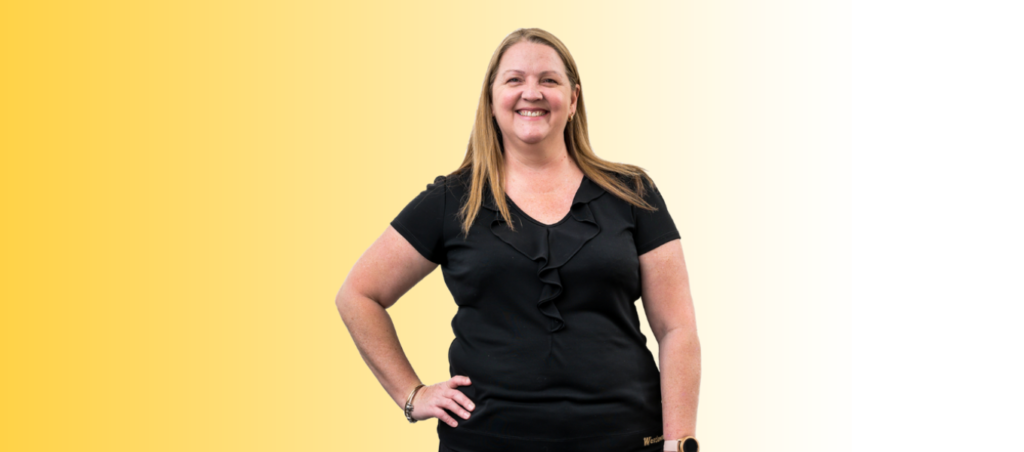On 11 January 2011, the Queensland Premier declared three quarters of Queensland a disaster zone following one of the most severe floods in the state’s history. Then, just 12 months later, soaring temperatures and wild winds fanned bushfires across much of north-west New South Wales. Meanwhile to the east, the Northern Rivers experienced major flooding while also being battered by severe storms.
Recent natural disasters such as these remind us of the devastation nature is capable of inflicting. But while we have no control over the forces of nature, these natural disasters have also exposed a worrying epidemic that we can control – underinsured Australian homeowners.
During the Queensland floods, 15,000 properties and 5,000 businesses were affected by significant flooding. In Ipswich, a further 3,000 homes and businesses were flooded.
According to IBIS World (Jan 2011), the reconstruction cost of the Queensland floods was estimated at some $10 billion.
Following bushfires that swept through New South Wales during the 2012-2013 Christmas period, the New South Wales Rural Fire Service (RFS) confirmed that 33 properties and more than 50 sheds had been destroyed. There were extensive stock losses in the bushfire west of Coonabarabran, which also damaged the Siding Spring Observatory.
Further south in Tasmania, bushfires destroyed around 170 properties.
Sobering food for thought.
How the home insurance numbers stack up
But while such natural disasters are fairly commonplace across Australia, research on home insurance highlights the extent to which Australian homeowners are ill-prepared for such disasters.
Back in 2000, the Construction Data division of Reed Business Information Systems surveyed 1,000 randomly selected homeowners. They concluded that:
-
- 87% of homes were underinsured by any amount, and
- The average level of underinsurance was 34%.
In 2002, the Insurance Council of Australia conducted a survey of seven companies sharing 80% of the home building insurance market. The survey suggested that:
-
- 27.5% of homes were underinsured by 10% or more, and
- 7.5% of home buildings were underinsured by 30% or more.
The following year, the Royal Automobile Club of Victoria (RACV) found that homeowners do not increase the sum insured following improvements to their homes. Their survey found 24% didn’t increase the level of cover after renovations costing between $20,000 and $40,000.
In 2006, two major insurers independently estimated that around 15% of households do not have home building insurance, and in 2007 CPR Services reported that 83% of businesses have inadequate building insurance.
ACT bushfires
In 2003, the devastating ACT bushfires resulted in fatalities, injuries and significant destruction of property. A total of 488 homes in and around Canberra were destroyed.
The Insurance Disaster Response Organisation reported that structures destroyed in the ACT bushfires were underinsured on average by 40% of the replacement cost.
Respondents to the Australian Securities & Investments Commission’s (ASIC’s) ACT bushfire survey were asked how the sum insured under their home building policy was initially calculated. The results found:
-
- 51% estimated the sum insured themselves
- 23% reported using information from an insurer to help them
- 80% responded that they believed they were adequately insured.
As recently as last year, Life Insurance Finder noted that underinsurance is common in Australia. It concluded that:
-
- Australia is one of the most underinsured nations
- Parents with dependent children are surprisingly underinsured to the tune of $1.3 trillion, and
- Up to 77% of homeowners are underinsured when it comes to their home and contents insurance.
As the weather begins to warm up, the storm and bushfire season will soon be upon us once again. Make sure you and your family are prepared by contacting your Westlawn Insurance Broker for assistance.
Westlawn Insurance Brokers Pty Ltd ABN 65 075 847 291 AFSL No. 246520



